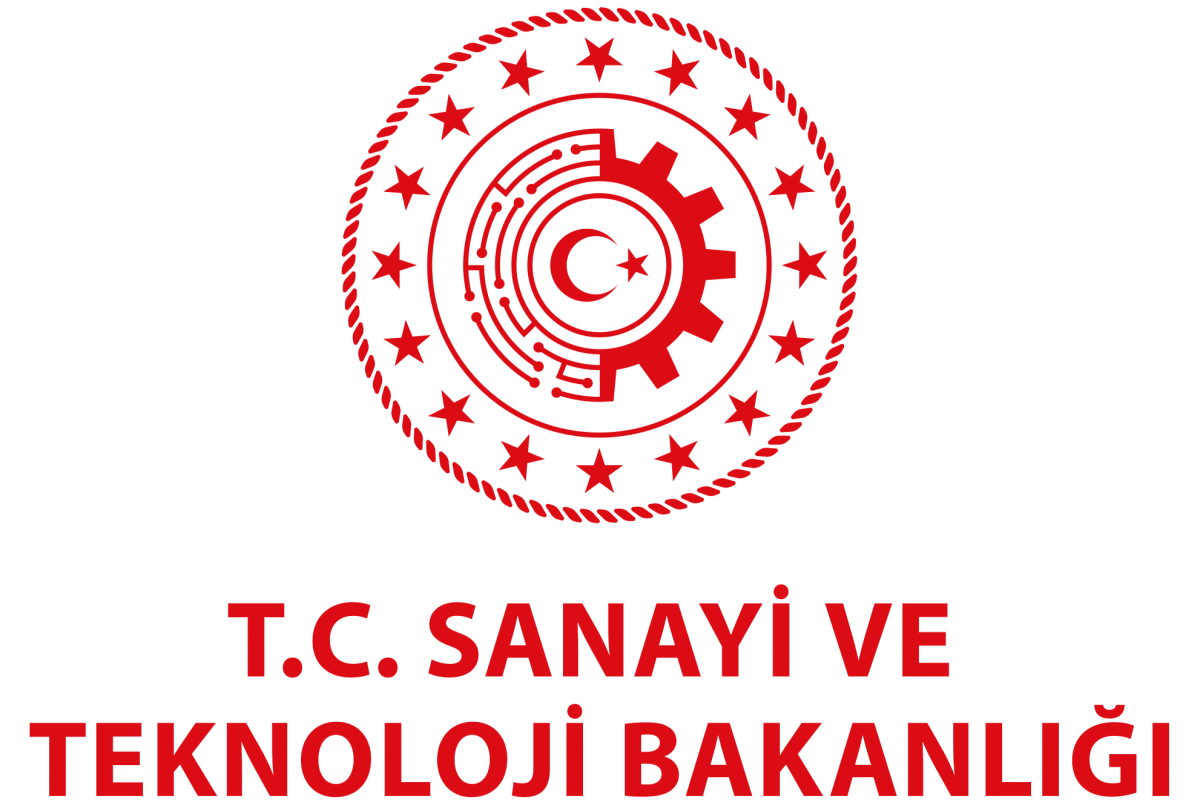Temperature is one of the most important and frequently measured quantities in industry and science. It also plays a vital role in health, environment and safety and there are many legal requirements and regulations related to temperature.
The TUBITAK UME Temperature Laboratory consists of three sub-laboratories in the areas of contact temperature, radiation temperature and humidity. The Temperature Laboratory was accredited by TURKAK in 2006. All the services given by the laboratory have been reviewed and can be found in the the BIPM Key Comparison Database (KCDB) as well as in the accreditation scope. The services provided by the laboratory and details on the working fields of the sub-laboratories are given below :
CONTACT TEMPERATURE LABORATORY
The Contact Temperature Laboratory realizes the Kelvin (K) which is one of the seven base SI units. The primary level calibrations of standard platinum resistance thermometers as defined by the interpolating instrument between the temperature range of 83,8058 K (-189,3442 °C) to 1234,93 K (961,78 °C) are carried out by the laboratory. The defined fixed points and phase transition temperatures for the mentioned range are:
- Argon Triple Point (-189,3442 °C),
- Mercury Triple Point (-38,8344 °C),
- Triple Point of Water (0,010 °C),
- Gallium Melting Point (29,7646 °C),
- Freezing Point of Indium Cell (156,5985 °C),
- Freezing Point of Tin Cell (231,928 °C),
- Freezing Point of Zinc Cell (419,527 °C),
- Freezing Point of Aluminum Cell( 660,323 °C),
- Freezing Point of Silver Cell (961,780 °C)
All these fixed points are present in the laboratory and their traceabilities are ensured through international comparisons. The Temperature Laboratory is responsible for realizing and maintaining the temperature scale through the realization of fixed points. The laboratory is at the highest level in the traceability chain in Turkey and guarantees the traceability of temperature calibrations which are performed in the country. The Contact Temperature Laboratory also carries out secondary level temperature calibrations especially when the lowest uncertainties at that level are required. The construction of reference fixed point cells and reference thermocouples are among the major activities of the laboratory.
RADIATION TEMPERATURE LABORATORY
Radiation thermometry is a method which allows remote and rapid temperature measurements. Therefore, it is used in environments where the measurement instrument may harm the object to be measured, or in temperature measurements of distant or obstructed objects like in the iron-steel, textiles, plastics, glass, paper, cement and food industries, and also in military and civilian thermal cameras and night vision systems. Although the radiation thermometry scale is defined for high (>960 °C) temperatures in ITS-90, in practice, radiation thermometers are used in temperatures as low as -50 °C, especially in the food, medical, and construction industries.
The International Temperature Scale (ITS-90) is defined by making use of Planck’s Radiation Law for temperatures higher than the melting point temperature of silver (1234.93 K; 961.78 °C). This part, which is called Radiation Thermometry scale, is realised in the TUBITAK UME Radiation Thermometry Laboratory. Silver, gold and copper fixed-point blackbody cells are used for this realisation. For lower temperatures indium, tin, zinc, and aluminium fixed-point blackbody cells are used. The laboratory undertakes R&D activities like construction and characterization of eutectic fixed-point blackbody cells for improvement of the uncertainty at high temperatures and construction of reference radiation thermometers.
HUMIDITY LABORATORY
Calibrations of thermo-hygrometers are performed in a reference two-pressure humidity generator. Besides, chilled-mirror dew-point meters are calibrated in reference one-pressure humidity generator. Relative humidity and temperature calibrations/measurements are performed from 11 %rh to 95 %rh at air temperature values from -10 °C to 70 °C with the two-pressure humidity generator. Dew-point temperature calibrations/measurements are performed from -60 °C to +10 °C with the one-pressure humidity generator, and from -30 °C to +60 °C with the two-pressure humidity generator.
The traceability of the two-pressure humidity generator is ensured through the calibration of thermometers at Contact Thermometry, and the calibration of pressure transducers in the Pressure Laboratories of TUBITAK UME. The traceability of the one-pressure humidity generator is provided through calibration of thermometers at Contact Thermometry. In addition, the reference humidity generators and dew-point meters are cross checked within the above stated range. Humidity generators are used as humidity sources in national and international comparisons together with reference measuring instruments, such as dew-point meters.
An R&D Project on relative humidity sensor fabrication based on porous silicon is currently underway. The Humidity Laboratory has been participating in an EMRP Project named METefnet – Metrology for Moisture in Materials in the last three years. The aims of this project are to provide knowledge transfer, a calibration facility for moisture meters, and training to the industry. A dew-point meter calibration system having a measurement capability from -60 °C to 10 °C was completed in 2013. Work on extending the range of the dew-point calibration system down to -80 °C is ongoing.


